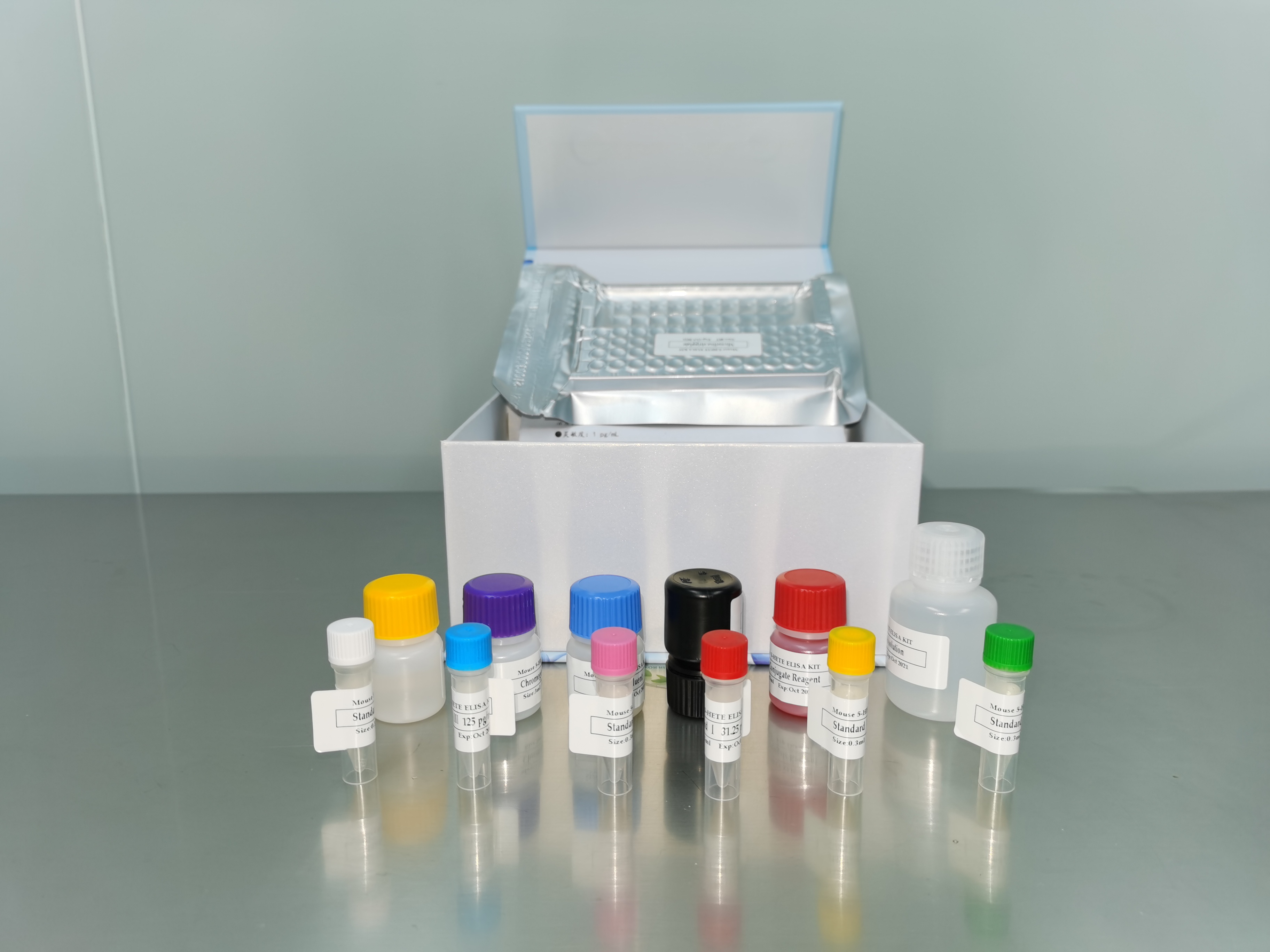| 产品名称: | Acanthamoeba polyphaga (Puschkarew) Page |
|---|---|
| 商品货号: | TS133025 |
| Strain Designations: | Panola Mountain |
| Application: | Indistinguishable from Acanthamoeba polyphaga ATCC 30486 and very similar to A. griffini ATCC 30731 on the basis of starch gel electrophoretic analysis of enzymes. |
| Biosafety Level: | 1
Biosafety classification is based on U.S. Public Health Service Guidelines, it is the responsibility of the customer to ensure that their facilities comply with biosafety regulations for their own country. |
| Isolation: | soil, Panola Mountain, DeKalb County, GA, 1975 |
| Product Format: | dried |
| Type Strain: | no |
| Comments: | Indistinguishable from Acanthamoeba polyphaga ATCC 30486 and very similar to A. griffini ATCC 30731 on the basis of starch gel electrophoretic analysis of enzymes. phylogeny |
| Medium: | ATCC® Medium 711: PYB |
| Growth Conditions: | Temperature: 25.0°C Duration: grown with bacteria Protocol: ATCCNO: 30011 SPEC: This strain is distributed as a dried preparation. See the general procedures for opening a dried vial. Aseptically add 1 ml of sterile distilled water to the inner shell vial, remove the filter paper aseptically with a pair of forceps, and place it in the center of an agar plate of ATCC medium 997. Add the liquid remaining in the vial to the plate and spread it evenly over the surface of the plate. Incubate the plate at 25C. Trophozoites (amebae) should be evident within 2-3 days. |
| Subcultivation: | Protocol: ATCCNO: 30011 SPEC: This strain is distributed as a dried preparation. See the general procedures for opening a dried vial. Aseptically add 1 ml of sterile distilled water to the inner shell vial, remove the filter paper aseptically with a pair of forceps, and place it in the center of an agar plate of ATCC medium 997. Add the liquid remaining in the vial to the plate and spread it evenly over the surface of the plate. Incubate the plate at 25C. Trophozoites (amebae) should be evident within 2-3 days. |
| Cryopreservation: | 1.xa0 Allow the cells to encyst.xa0 To detach cysts from the plate flush the surface with 5 ml fresh ATCC medium 1323 (Pages Balanced Salt Solution).xa0 Rub the surface of the plate with a spread bar to detach adhering cysts. 2.xa0xa0 Transfer the liquid medium to a sterile centrifuge tube. 3.xa0 If the cyst concentration does not exceed 2 x 106 cysts/ml adjust the suspension to that concentration.xa0 To adjust the concentration, centrifuge at 600 x g for 5 min and resuspend the pellet in the volume of fresh medium required to yield 2 x 106. 4.xa0 While cells are centrifuging prepare a 15% (v/v) solution of sterile DMSO as follows:xa0 Add the required volume of DMSO to a glass screw-capped test tube and place it in an ice bath.xa0 Allow the DMSO to solidify.xa0 Add the required volume of refrigerated medium.xa0 Dissolve the DMSO by inverting the tube several times.xa0 xa0xa0xa0xa0xa0 *NOTE: If the DMSO solution is not prepared on ice, an exothermic reaction will occur that may precipitate certain components of the medium. 5.xa0 Mix the cell preparation and the DMSO in equal portions. Thus, the final concentration will be at least 106 cysts/ml and 7.5% (v/v) DMSO.xa0 The equilibration time (the time between addition of DMSO and the start of the cooling cycle) should be no less than 15 min and no longer than 30 min. 6.xa0xa0 Dispense in 0.5 ml aliquots into 1.0 - 2.0 ml sterile plastic screw-capped cryules (special plastic vials for cryopreservation). 7.xa0xa0 Place the vials in a controlled rate freezing unit.xa0 From room temperature cool at -1°C/min to -40°C.xa0 If the freezing unit can compensate for the heat of fusion, maintain rate atxa0xa0xa0xa0xa0xa0xa0 -1°C/min through the heat of fusion.xa0 At -40°C plunge into liquid nitrogen. Alternatively, place the vials in a Nalgene 1°C freezing apparatus.xa0 Place the apparatus at -80°C for 1.5 to 2 hours and then plunge ampules into liquid nitrogen.xa0 (The cooling rate in this apparatus is approximately xa0xa0xa0xa0xa0 -1°C/min.) xa0 8.xa0 The frozen preparations are stored in either the vapor or liquid phase of a nitrogen freezer. 9.xa0xa0 To establish a culture from the frozen state place an ampule in a water bath set at 35°C (2-3 min). Immerse the vial to a level just above the surface of the frozen material. Do not agitate the vial. 10.xa0xa0xa0xa0xa0xa0xa0xa0xa0 Immediately after thawing, aseptically remove the contents of the ampule and distribute to the center of a fresh plate of ATCC medium 711.xa0 Distribute the material evenly over the plate using a spread bar.xa0 Incubate at 25°C. |
| Name of Depositor: | WS Jenkins |
| Year of Origin: | 1975 |
| References: | Jenkins WS. The role of the contractile vacuole in excystment of Acanthamoeba polyphaga (Puschkarew) Page. J. Protozool. 23: 24A, 1976. Daggett PM, et al. Distribution and possible interrelationships of pathogenic and nonpathogenic Acanthamoeba from aquatic environments. Microb. Ecol. 8: 371-386, 1982. Daggett PM, et al. A molecular approach to the phylogeny of Acanthamoeba. Biosystems 18: 399-405, 1985. PubMed: 4084681 Stothard DR, et al. The evolutionary history of the genus Acanthamoeba and the identification of eight new 18S rRNA gene sequence types. J. Eukaryot. Microbiol. 45: 45-54, 1998. PubMed: 9495032 Stothard DR, et al. Fluorescent oligonucleotide probes for clinical and environmental detection of Acanthamoeba and the T4 18S rRNA gene sequence type. J. Clin. Microbiol. 37: 2687-2693, 1999. PubMed: 10405422 Ledee DR, et al. Advantages of using mitochondrial 16S rDNA sequences to classify clinical isolates of Acanthamoeba. Invest. Ophthalmol. Vis. Sci. 44: 1142-1149, 2003. PubMed: 12601042 |
| Cross References: | Nucleotide (GenBank) : AF019052 Acanthamoeba polyphaga Panola Mountain 18S ribosomal RNA gene, partial sequence. |


